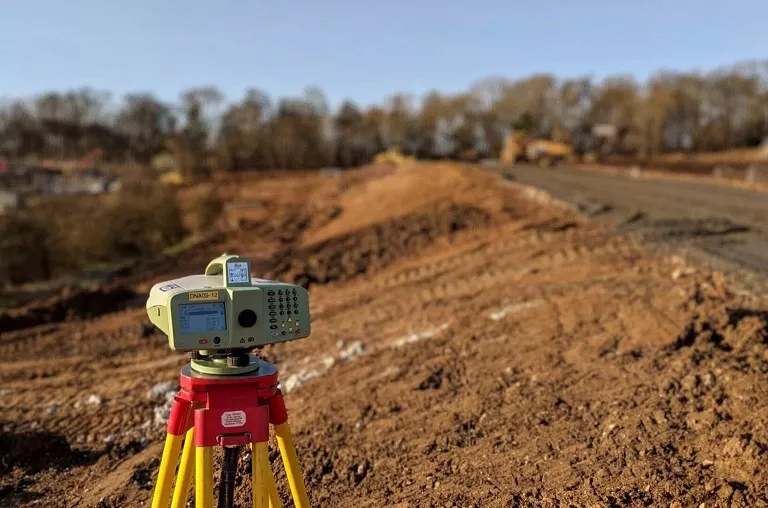A recurring question during land transactions in Nigeria is; what exactly is the size of a standard plot of land in Nigeria?
In Nigeria, land sizes are often described using a variety of terms, some of which are influenced by historical, cultural, or administrative factors.
We do a breakdown of some common land size terms used in Nigeria to help provide answers to that quest:
Hectare: This is a metric unit of area measurement commonly used worldwide. One hectare is equal to 10,000 square meters or 2.47 acres. It’s often used for large land measurements, especially in agricultural contexts or land development projects.
Acre: An acre is a unit of area commonly used in Nigeria by land sellers. In Nigeria, it’s often used to measure large plots of land, particularly in rural or agricultural areas. One acre is approximately 4,047 square meters.
Plot: This is a commonly used term to describe a parcel of land and is very popular in Nigeria. However, the size of a plot can vary significantly depending on location and context. In urban areas, a plot might be as small as 50 feet by 100 feet (about 465 square meters), while in rural areas, it could be much larger.
Square Meters: In urban areas, land might be measured and sold in square meters, especially for residential or commercial properties. This provides a more precise measurement compared to terms like plot or acre.
Land Conversion Units:
1 Acre = 0.4047 Hectares
1 Acre = 43,560 square feet
1 Acre = 4046.86 square meters
Plots to Acres Conversion
50x100ft plot is one-eighth of an acre, which means that one acre of land constitutes of eight plots of 50ft x100ft Land
If the Land is measured in 60x120ft plot is one-sixth of an acre, which means that one acre of land constitutes of six plots of 60ft x120ft Land
For Lands measured in 100x100ft the equivalent of one acre of land is 4.3 plots of land
It’s important for individuals involved in land transactions or development projects to clarify the exact size and measurement units being used to avoid misunderstandings. Additionally, consulting local authorities or professionals in real estate or land surveying can provide further clarity on land sizes and measurements in specific regions of Nigeria.

Be First to Comment